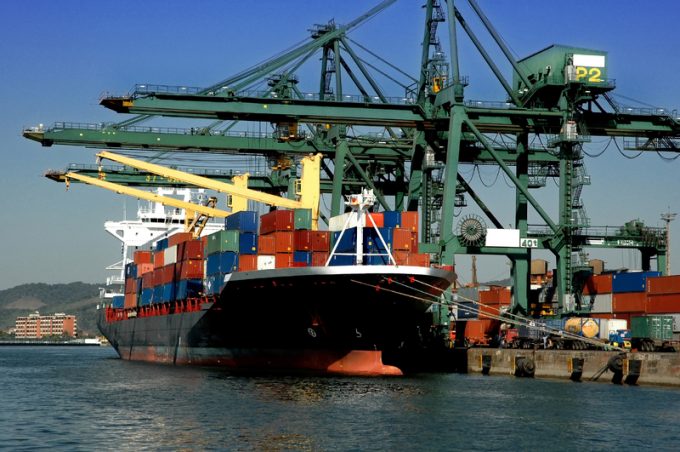Trump tariff threat and China downturn will make CNY 2025 'different'
The impact of Chinese New Year (CNY) on global supply chains “cannot be overstated”, according ...
GM: RAISING THE ROOF GGM: IN FULL THROTTLE GZIM: MAERSK BOOST KNIN: READ-ACROSSMAERSK: NOT ENOUGHMAERSK: GUIDANCE UPGRADEZIM: ROLLERCOASTERCAT: HEAVY DUTYMAERSK: CATCHING UP PG: DESTOCKING PATTERNSPG: HEALTH CHECKWTC: THE FALLGXO: DEFENSIVE FWRD: RALLYING ON TAKEOVER TALKODFL: STEADY YIELDVW: NEW MODEL NEEDEDWTC: TAKING PROFIT
GM: RAISING THE ROOF GGM: IN FULL THROTTLE GZIM: MAERSK BOOST KNIN: READ-ACROSSMAERSK: NOT ENOUGHMAERSK: GUIDANCE UPGRADEZIM: ROLLERCOASTERCAT: HEAVY DUTYMAERSK: CATCHING UP PG: DESTOCKING PATTERNSPG: HEALTH CHECKWTC: THE FALLGXO: DEFENSIVE FWRD: RALLYING ON TAKEOVER TALKODFL: STEADY YIELDVW: NEW MODEL NEEDEDWTC: TAKING PROFIT

Maersk Line’s acquisition of Latin American specialist carrier Hamburg Süd could be a disruptive influence on the Asia to east coast South America trade, albeit indirectly.
Strict competition conditions imposed on the deal by regulators have caused a shake-up of services and a market share grab, which, according to Alphaliner, is expected to damage “the delicate supply-demand balance on the trade”.
Indeed, container spot rates for the Shanghai-Santos component of the Shanghai Containerized Freight Index (SCFI) fell 13.4% last week to $2,179 per teu – almost one-third below the $3,150 per teu level of a year ago.
The trade has been here before: freight rates on the route slumped to below $100 per teu in 2015, but a radical 40% cull of services in 2016 saw rates climb back up past $2,500 per teu.
“Over the past two years, such rate levels were supported by carrier restraint and capacity discipline, which helped to keep Far East-east coast South America vessel utilisation high,” said Alphaliner.
Conditions for obtaining the green light from some 23 jurisdictions for Maersk’s $4.4bn takeover of Hamburg Süd were said by one legal source to be “particularly tough”.
Last April, the Danish carrier received EC clearance, conditional on the termination of Hamburg Süd’s participation from five service strings to Europe, including the Eurosal 1 service to Central America and the Caribbean and the Eurosal 2 North Europe to South America west coast, along with links from the Mediterranean to the west and east coasts of South America.
The conditions imposed by China’s Ministry of Commerce (MOFCOM) were arguably even tougher: Maersk must terminate Hamburg Süd’s participation on one Asia to east coast South America VSA and had to agree not to enter into any additional VSAs or alliance arrangements on the Asia-South America trades for five years.
Maersk was also required to reduce its combined reefer slot capacity share between Asia and Latin America from 45-50% to 34-39% within 90 days of closing the deal.
Notwithstanding the reshuffling resulting from the regulatory interventions, Maersk is under attack from competitors which see “opportunities” to capture market share.
Speaking in November, during Hapag-Lloyd’s third-quarter investor presentation, chief executive Rolf Habben Jansen said the takeover would offer the German carrier “opportunities to gain market share in Latin America”.
He added: “It is always a little difficult to retain market share when you go through a merger.”
Meanwhile, Alphaliner said that, hitherto, “healthy load factors and attractive freight rates on this trade spurred carriers to add extra capacity in January”.
It also noted that niche carrier PIL had launched its own Asia to ECSA service with five ships on the route.
Comment on this article